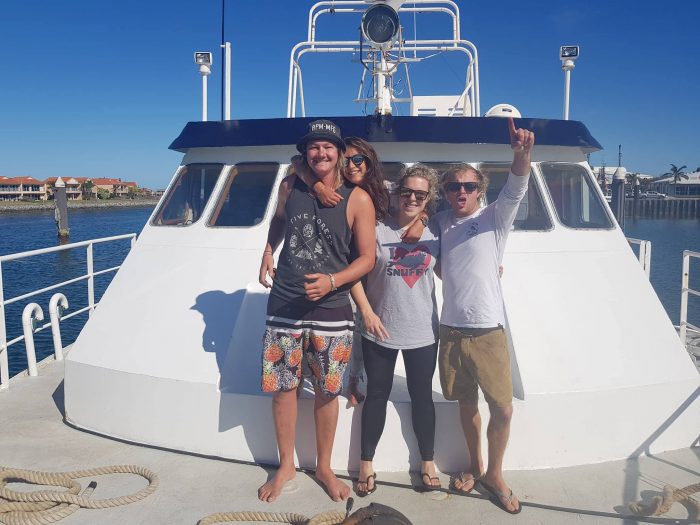I have fallen in love with the Neptune islands of South Australia.
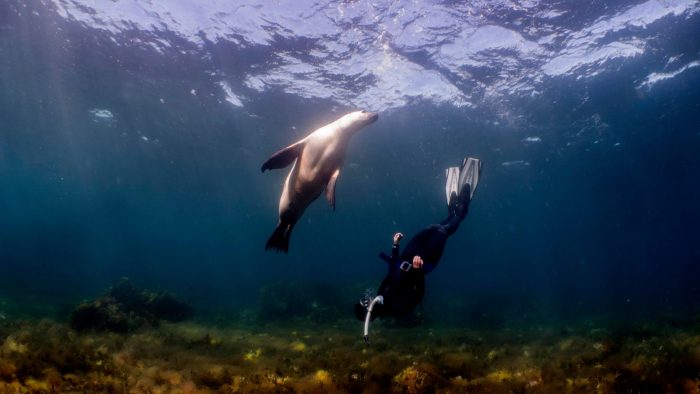
Sitting south of Port Lincoln in the Great Australian Bight, these islands look like freckles on the face of this haphazard sea. A sea which is unforgiving with cold, exhilarating, brisk sharp winds sweeping up from the south that carve the mounds of land into a rugged home. Only the hardiest of plants survive the chilling winds and salty sea breeze. Sea lions blend well into the land until they bimble their way up or down the craggy rocks. Sea birds fly high and ride the push of the waves, dipping in out of view with the folds of water.
When the sea is rough, it does not take pity on your stomach. But when she is calm, she is divine, and you can see why this remote place is named the Neptune Islands. With waters that are beyond the description of turquoise, aquamarine, deep or royal, it glistens and is ever so enticing. It’s the most apt location to find the supreme and iconic inhabitants of the sea. The Great White Shark.
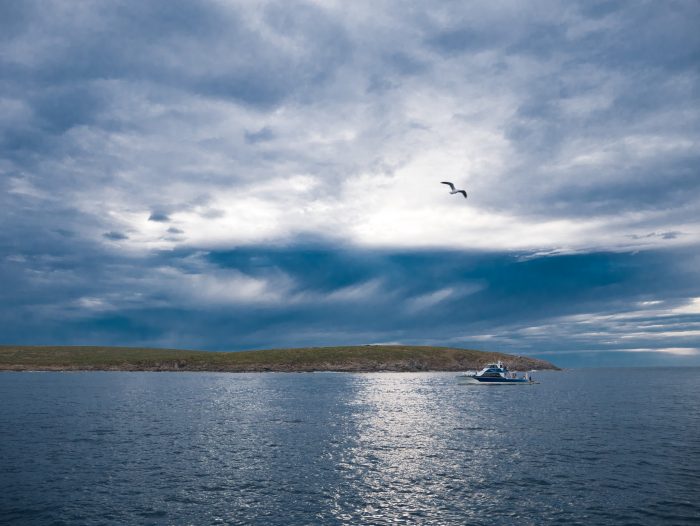
Carcharodon carcharias (meaning ragged toothed one) are the reason for me stepping aboard The Princess 2 as crew for the Rodney Fox Shark Expedition for an unforgettable month of tourism and research. They are elegant, feisty, calm and cunning and still engender a sense of wonder and awe into the imaginations of individuals even after years of media misconceptions. I was buzzing, frothing, and anxious to these giants.
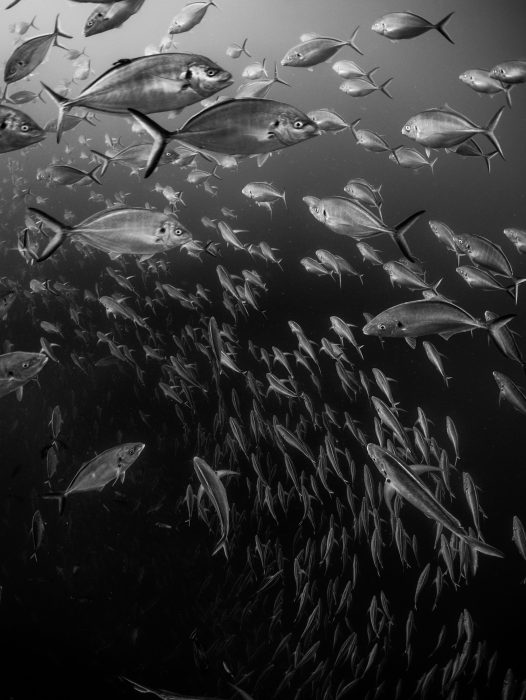
The Rodney Fox Shark experience is one of a kind with an incredible back story. Rodney was attacked whilst spear fishing and yet, set out to protect the creatures that gave him over 400 stitches. It is a true admirable feat of a love of marine life. And now, his son Andrew carries on the work his father began. Full of knowledge from a life brought up in this incredible landscape and a world-wide reputation, there’s no question why people still flock to this expedition.
After a 4 hour-boat drive from Port Lincoln to the Neptunes the Princess 2 is anchored in the most perfect spot. In the home of the sharks. The cages are positioned. Passengers briefed. And then we wait and watch on the deck for them to come.
Shark!!!! No, no, that’s just a ball of schooling fish… Shark?! No, just more fish… Suddenly the fish dart fast away, the seagulls skyrocket out the water as the ominous shadow of the shark creeps in out of the deep. A grey dorsal fin like a knife emerges out of the water and slices the surface displacing water as he moves in. There’s the shark! How could I even mistake anything else for that amazing creature? It took my brain far too long to register what I had just seen. One of the greatest creatures on the planet.
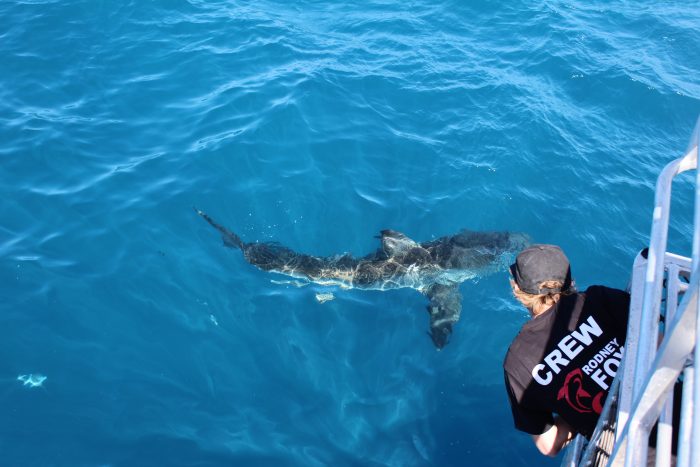
As the only operator in the world to have an ocean floor cage, you can see the sharks from the sea bed as the cage drops down to 25 meters, and sits within the belly of the shark’s environment.
It’s a humbling feeling to be sat in a cage. Almost a juxtaposition to a zoo. Instead of having the animals in a cage, we are the ones entering their home behind bars.
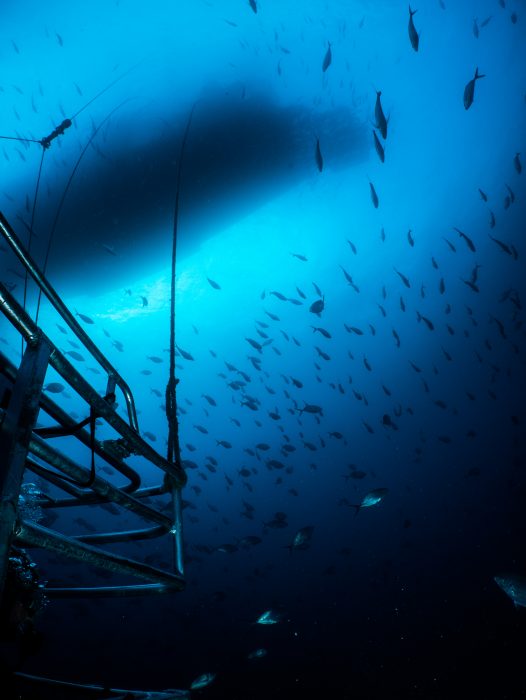
Caverns and pinnacles of rocks covered in a meadow of seaweeds and kelps provide the perfect scenery to wait with huge anticipation for a shark to appear from the periphery of your vision. Down here, the shark’s behaviour is completely different to on the surface. Here they inspect you. Scope you out as a foreigner in their domain. They know where you’re looking and sometimes sneak up behind knowing you can’t see them. You only spot them once your dive buddy is patting you madly on the shoulder as the 3 meter torpedo of muscle and teeth passes you at eye level. Staring you down with their big brown eyes. I can’t lie to you, the bottom cage dive is now classed as one of the best dives I’ve ever had to date. Utterly epic.
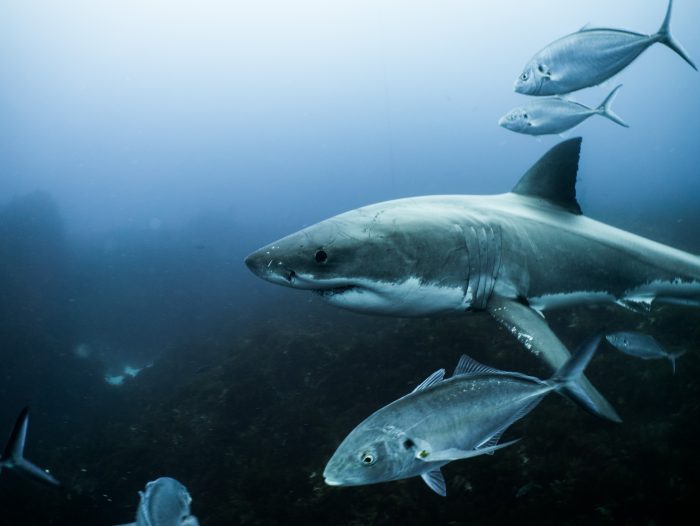
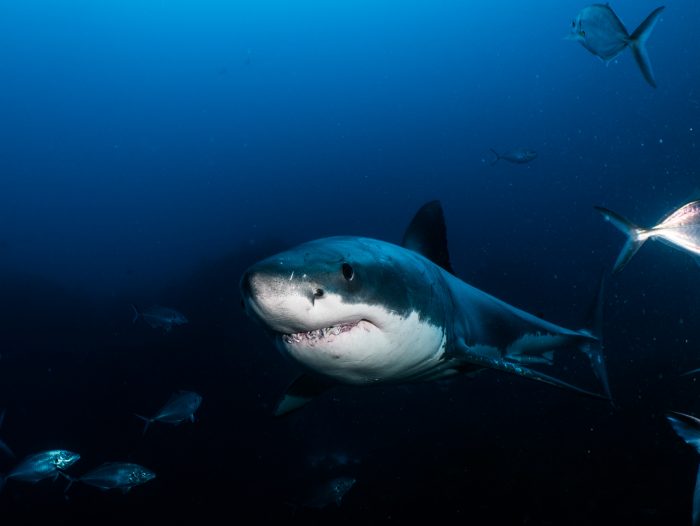
As a deck hand and a cage captain it was amazing to encourage people to jump into the surface cage or take them for dive to the bottom. Seeing people’s faces as they saw their first great white shark was such a fulfilling experience, especially if they came to the expedition with their preconceptions of how the sharks would be.
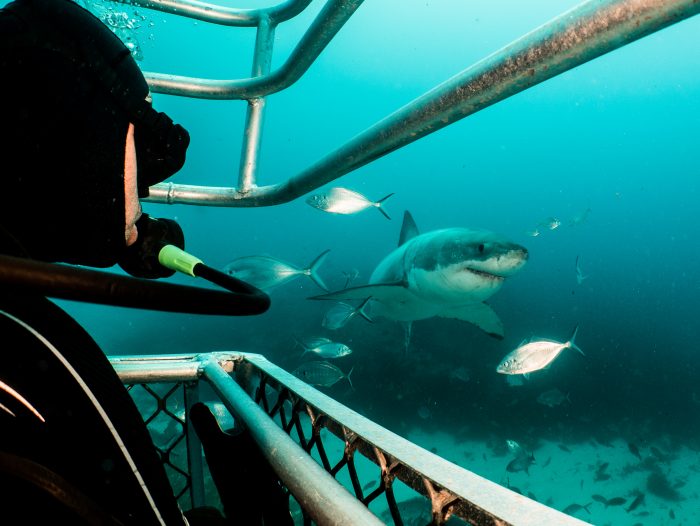
On one trip, we had a lady who had travelled all the way from Alaska with her husband to see the sharks as it was a dream of hers since she was a little girl. But she had psyched herself out to the point that she was too afraid to get into the surface cage. Slowly but surely me and the team encouraged her in. Step by step she got lower into the cage. Finally, she was in! The sharks were cruising past her and she popped her head back out of the cage only after a few seconds of seeing her first shark.
Spitting out her regulator she shouts, “They’re…. They’re… Terrifying!”,
“But amazing right?” I ask.
“YES!” and with that she plunges herself back under and spends over an hour watching the sharks swirl around her.
After that, we could not wipe the smile from her face as she completed a life-long dream and overcame her fears. The adjective of terrifying never came back up in conversation as all she could say was how beautiful, graceful, and awesome they were.
And that was the same response from everyone who I got the joys of sharing the whites with. No fear, just a sense of awe at these magnificent creatures of evolution.
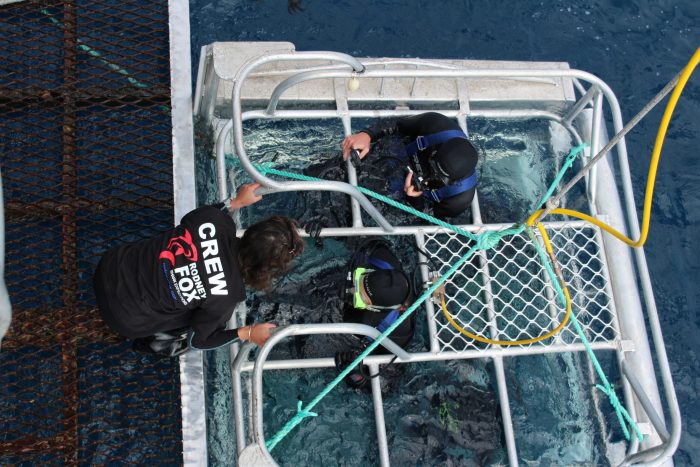
Another reason why the Rodney Fox experience stands out is their inclusion of scientific research aboard the vessel. Not only do they have one of the biggest catalogues of individual shark identification which over the years has contributed to understanding the movement and group behaviour of great whites, but the Princess 2 is consistently chartered as a research vessel for Professor Charlie Huveneers and his research team.
Whilst I was there, I was able to help out on their latest project, which assessed the effectiveness of certain shark repellents for surfers. For 6 days out at the Neptunes, our skipper Mark would wake us up by calling out “Science Waits for No Man!” and after an epic day of trials we would all shout out “SCCIIEEENNCCEEE”! And although we did only one dive during this trip, it was absolutely awesome as from the surface we still saw 12 sharks in one day and conducted over 156 trials.
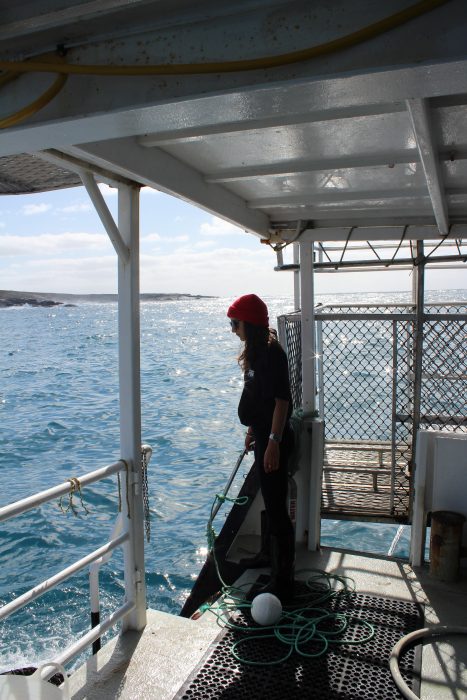
We were comparing how the sharks reacted to Chili wax, 2 products that emitted electrical impulses (Shark Shield and RPELA), and magnets. Now, unfortunately I can’t tell you any of the results as the data still hasn’t been analysed yet- it’s top secret stuff! But it was fantastic to be a part of this research. To study, put time and effort into these sorts of solutions to avoid people fearing being in the water with sharks, rather than considering culling sharks is where our focus needs to lie especially when we’re entering their homes.
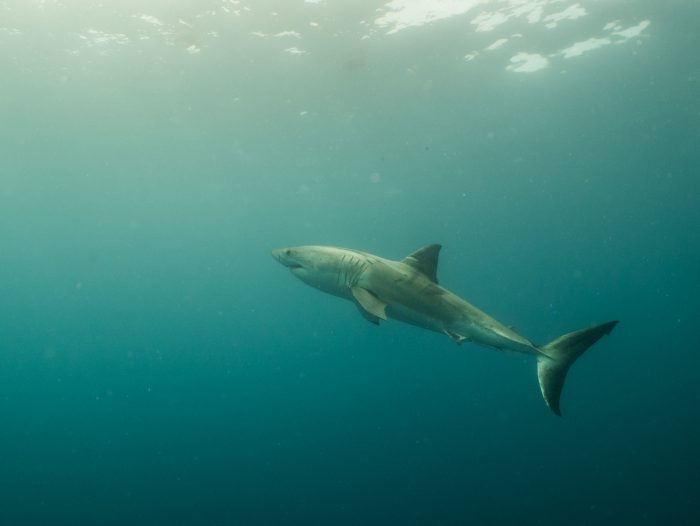
Whilst conducting the repellent trials, Charlie was able to attach acoustic tags to 5 sharks that keeps track of them within the Australian Bight. With water splashing over his boots, spear in hand, tag ready to deploy, he waits for the perfect moment to strike. The shark moves in almost spy-hopping along the stern of the boat checking us out. Then, POW, he fires and the tag is impeccably placed behind the sharks dorsal fin. The shark doesn’t even flinch. This part of his research ties the mystery of great whites all together. Because you know what, we still don’t know much about these elusive creatures. Where do they go to give birth? How big can they grow? How old can they get?… What makes them attack?
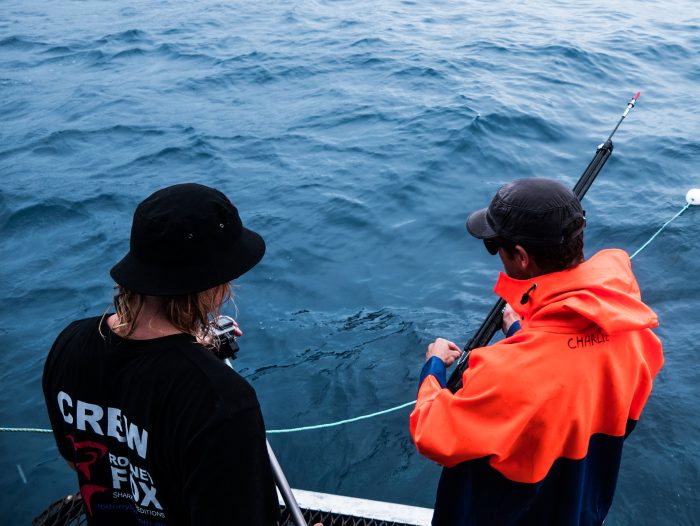
When we see them and recognise them as individuals, we feel like we know them. But we just don’t. Suddenly without any effort and a simple flick of their tail, a shark you may have seen for 3 days suddenly dives down to the depths. And they are gone. Who knows when you’ll next see that individual again. And there lies the crux. After years of media hype and research… there’s still so much left to be done to understand and unfortunately, protect these iconic animals. Because I know, without the Great White Shark… the sea will feel less of a magical, elusive and epic environment.
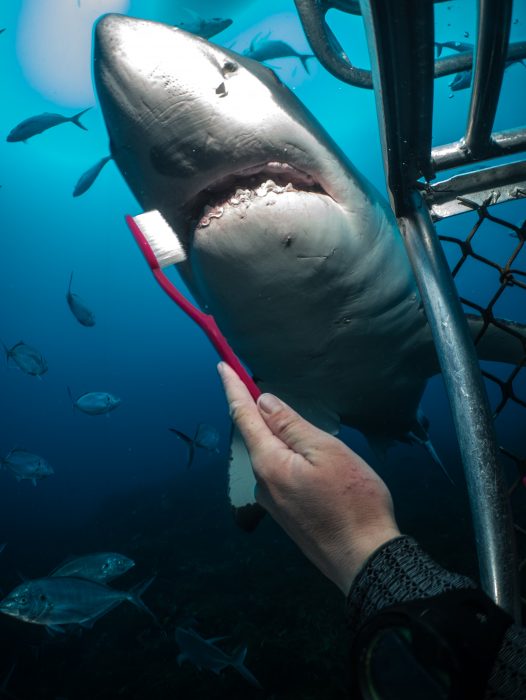
Salubrious and Epic (times by a thousand) were the words that made up my vocabulary whilst I was aboard Rodney Foxes Shark Expedition. Because it was truly those two things combined. And I feel like I’m going to have to go back to this gorgeous rugged spot – because a little bit of me has been stolen by these waters.
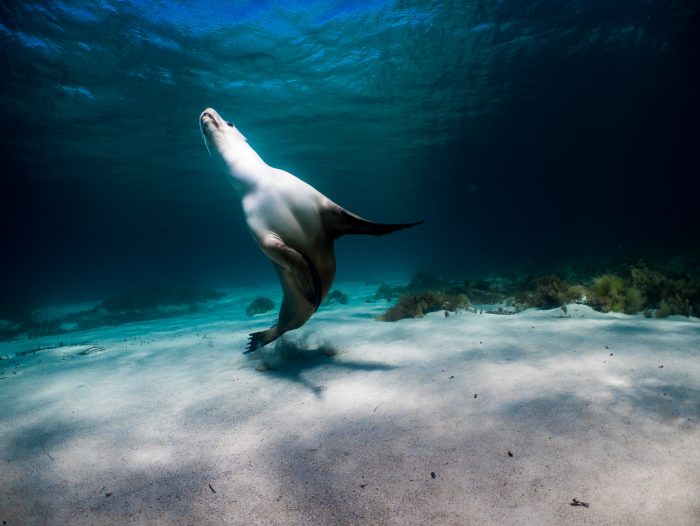
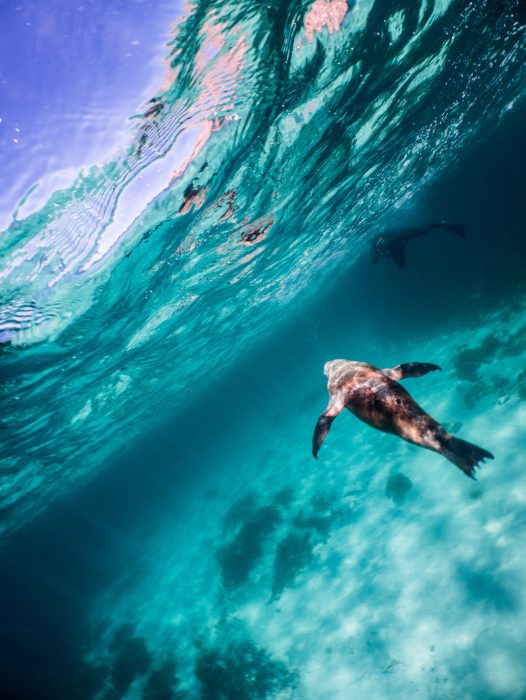
It was a joy to work and live on the boat, and The Princess 2 became my home. I leave her with my hands and feet peeling from hard skin that had become tough and my body worn from long days at sea, but my heart hasn’t seemed so warm. It has been consumed. I leave the Rodney Fox family with huge gratitude for my time there and wish you all the best of vibes as you steam back out to that magical place.
